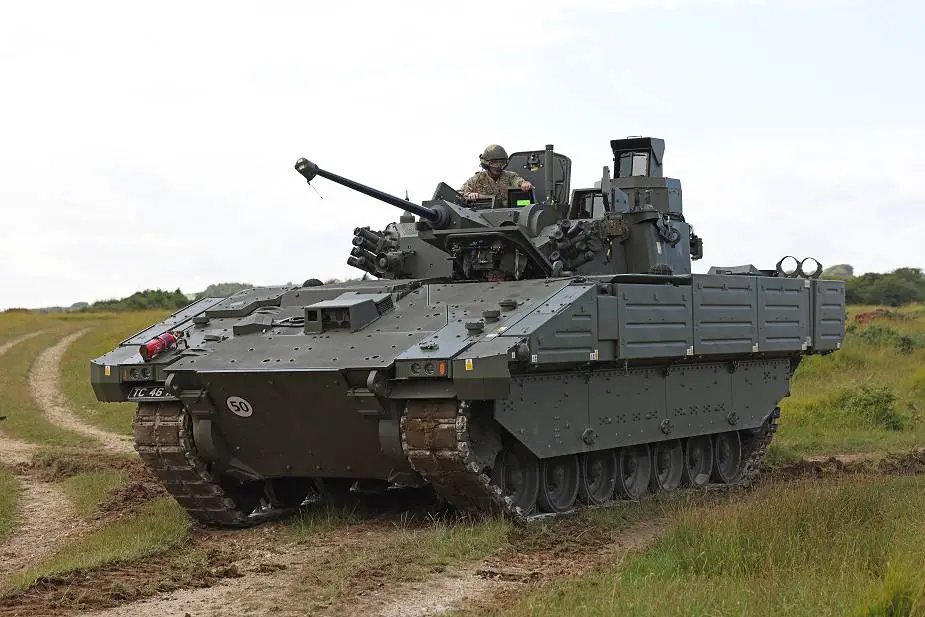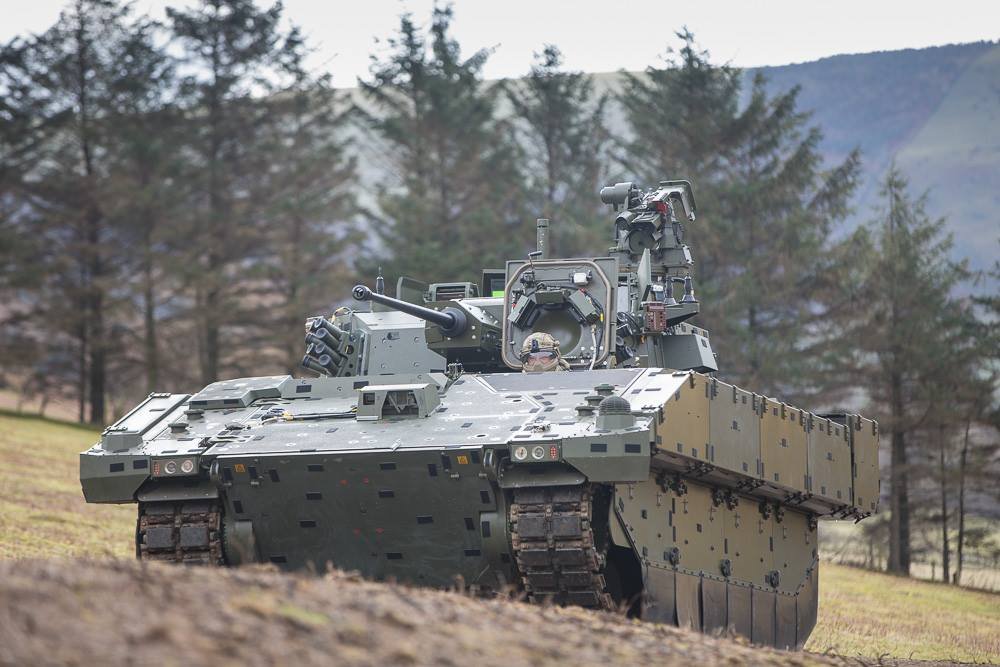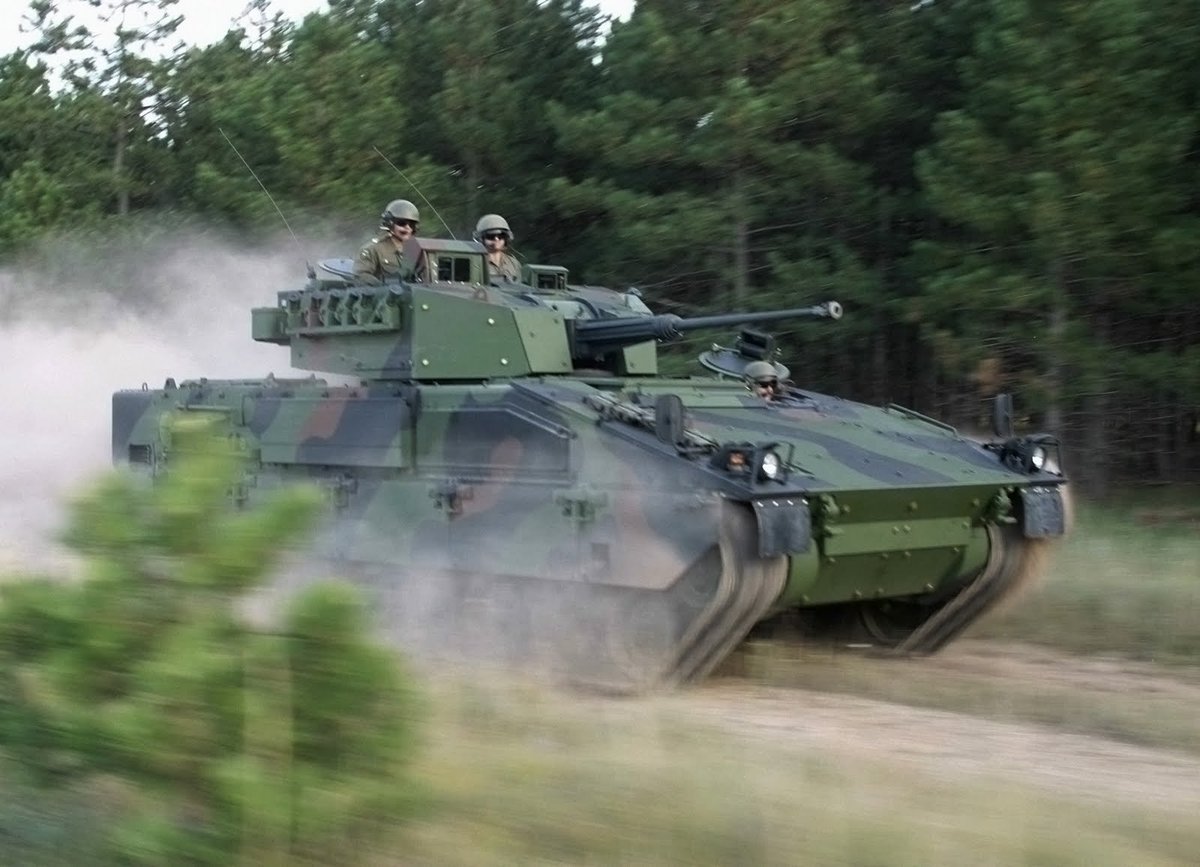1/ Some data from the US CBO on their AFV programmes, showing the average age of a US Army M1 tank was at time of data collection 8.3 years.
Why is that an interesting fact? A slightly rambling thread:
Why is that an interesting fact? A slightly rambling thread:

2/ There was exciteable discussion a few weeks back around age of AFV designs which was largely reductive and a bit misguided by the original author but prompted interesting discussion.
Ultimately a modern tank is just a metal box to be iteratively retrofitted with newer bits.
Ultimately a modern tank is just a metal box to be iteratively retrofitted with newer bits.

3/ Thats a slightly reductive statemeent too admittedly, but step changes no longer require complete fresh slate designs as they used to. The modern tank is at the size and weight limits, so its now a case of more efficient packaging inside that space. 

4/ Until the point arrives where you cant add more bits or the fundamental shape and composition of the vehicle hull and turret structures become incompatible with new technologies, it remains perfectly viable to upgrade over replace.
5/ Saying M1, or any vehicle, is n years old isn't really useful, there are no M1s being used by US today that are in 1980 specification and there have been more than 10 major variants in those 40 years now, and untold minor tweaks under ECP. 

6/ Continuous R&D, fielding of incremental capability enhancements and customer funded R&D of export models has meant that the new M1A2 SEPv3, and soon SEPv4 have almost nothing in common with the M1 of 1980. 



7/ Contrast with somewhere like the UK, whose Challenger 2 are by this reductive reasoning much younger - 23 yrs vs the US M1s 41 yrs. But the UK fleet really is 23, there have been no whole fleet major capability enhancement or life extension upgrades (yet, LEP/CR3 soon we hope) 





8/ Whereas the M1 fleet are on average 8.3 yrs old in real terms. The impact of this is that M1 has been in production for all of those 41 years either in new build or remanufacture to substantially upgraded standards. 

9/ 41 years of continuous development of domestic AFV capability, supply chain sustainment, ability to respond to export requirements which injects funding and requriements to the platform that feed back to the original user's own development roadmaps. 

10/ Those vehicles that truly embraced this approach are commercially successful and users transparently benefit massigely from it. Standouts include Leopard 2 with more than 100 variants across 19 users in its 42 year life. CV90 has 50 variants and nine users. 



11/ Development attracts exports which funds novel development and stimulates proactive OEM investment into further domestic development and so on. A beneficial positive feedback loop cycle of engagement and benefit.
12/ Why does all that matter - it comes down to understanding outright 'newness' of a base design isnt important, more important to this discussion is considering what the technologies integrated onto that platform are doing to the big picture.
13/ Im writing a paper on a specific approach to AFV generational classification, but in essence its also about understanding what technologies are capability changing, what are capability enahancing, and what are just shiny distractions. 

14/ Night vision and thermals brought about a fundamental change in the capability of AFVs and how they are used, stabilisation radically changed the way armoured maneouver (and beer steins in this gif) could be carried out.
15/ Step changes in protection like ERA and APS substantively changed the game, as did the move to 120/125 mm guns on tanks, the adoption of digital FCS and the introduction of digital networks and interconnected BMS systems.
16/ In the contemporary space I suggest AFV sit at the Gen4 stage, with no Gen5 vehicles yet to emerge into the market or usage. Many designs are Gen3+, meaning they are Gen3 designs that have been ugraded to Gen4 characteristics but not deisgned for them inherently.
17/ Gen5 will likely be defined by features including sensor fusion, high order autonomy and unmanned integration, integrated layered active defensive systems, pervasive and interconnected situational awareness. 

18/ Israel is the leader in potentially fielding something reflecting Gen5 characteristics in the Carmel programme, which has seen system level experiementation and demonstration for a few years now. 







19/ So far only existing as a mission systems suite mounted on surrogate M113s for experimentation, Carmel introduces susbtantial automation and augmented reality alongside sensor fusion and
And yes that was correct. The only notional Gen5 specification AFV in 2021 is an M113.
And yes that was correct. The only notional Gen5 specification AFV in 2021 is an M113.

20/ Not a Lynx or an OMFV surrogate, a retrofitted M113 from 1970. Similarly Australia has unmanned loyal wingman M113s paving the way intellectually, doctrinally and tactically for dedicated RCV like those in the US RCV-L / RCV-M programmes. 



21/ So, even though there are no Gen5 vehicles in the world yet, the moniker 'next-gen' gets banded about a lot. More often than not, its a marketing term that just means new, sometimes novel, but rarely generationally impactful.
22/ Russia's so-called next-gen T-14/B-11/K-17 series are analogues to their global best-in-class peers, and newer Western AFV still largely represent Gen4 vehicles built to accomodate the growth in SWaP over the last few decades in their baseline form rather than anything Gen5. 





23/ Unmanned turrets keep being labelled next-gen but they have been meaningfully in service since the late 80s / early 90s, developmentally for decades. Various vehicles have fielded them in volume for many, many years now. Why are they being called a next gen indicator in 2021? 




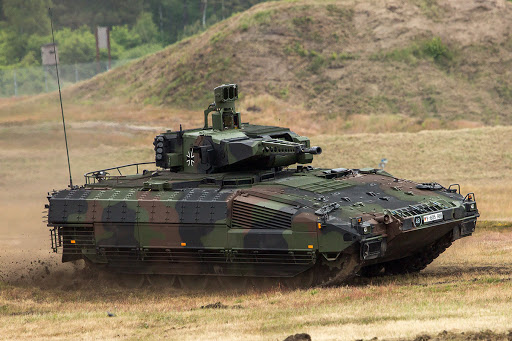
24/ In these cases we need to reorient the discussion away from oggling generically shiny 'futuristic' things and examine the actual impact.
What about an unmanned turret delivers a capability shift versus a manned equivalent in real terms?
What about an unmanned turret delivers a capability shift versus a manned equivalent in real terms?

25/ If we take these 2 vehicles - CV90CZ and CV90CZr, one a manned turret, the other not, is the latter next-gen? What about Estonian Boxer Wilkas versus Australian Boxer CRV? The manned/unmanned nature of the turrets isnt fundamnetlaly altering the capability of the whole system 
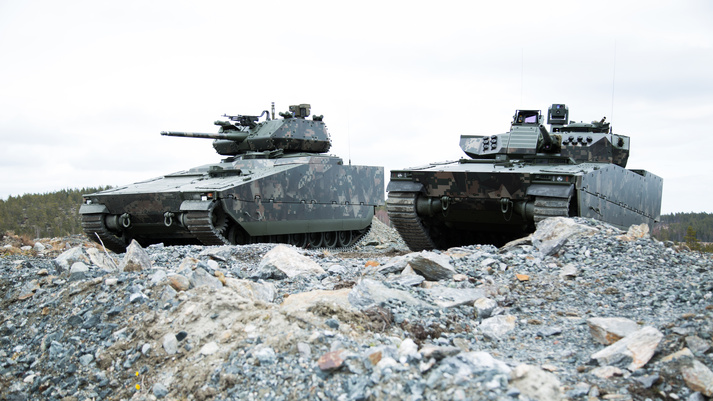
26/ So, unmanned turrets bring certain benefits and certain drawbacks that collectively mean they may be better or worse in various scenarios, but thus far never inhenretly change the capability or radically alter the underlying threat vs host platform balance of power
27/ Salesmen want to get you excited about the new and shiny but next generation means a fundamental shift in capability enabled by specific technological factor(s) and experimentation. 

28/ So dont listen to the marketing hype, look at the tech and assess how it evolves the capabilities. New doesnt mean better.
And remember the most advanced AFV in the world right now is a 70 year old Israeli M113. /end
And remember the most advanced AFV in the world right now is a 70 year old Israeli M113. /end
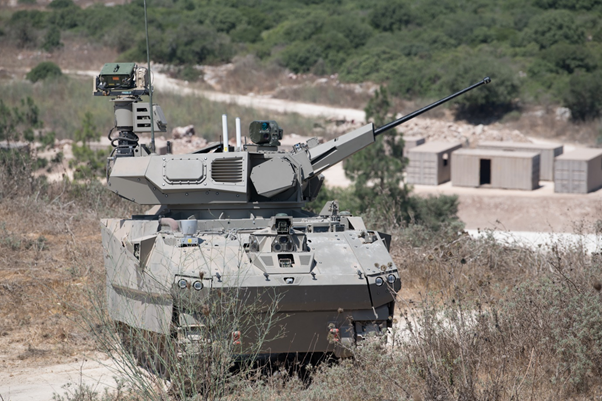
• • •
Missing some Tweet in this thread? You can try to
force a refresh


